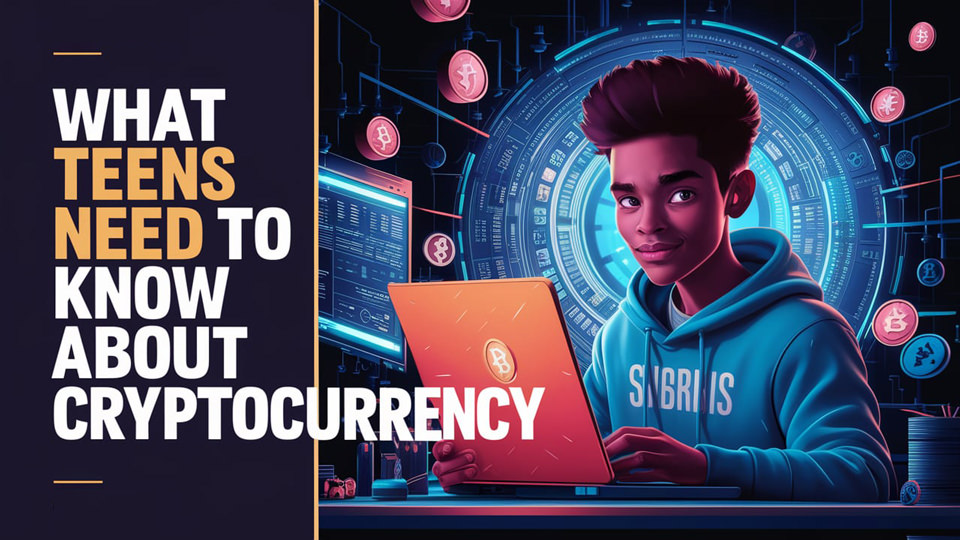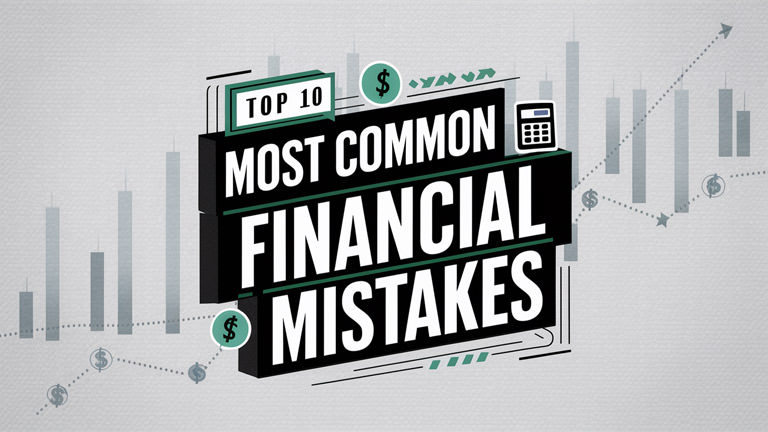Cryptocurrency has become a hot topic, capturing the interest of many teens through social media platforms like TikTok and discussions with friends. Whether your child is curious about Bitcoin, eager to invest in digital currencies, or indifferent to the whole concept, it’s essential as a parent to help them understand the complexities of the financial world, including the risks and opportunities that come with cryptocurrency.

Why Crypto Literacy Matters
Cryptocurrency has gained significant attention, not just for its potential returns but also for its volatility and susceptibility to scams. While economists debate its future, the presence of cryptocurrency in global financial markets is undeniable. Teaching your teens about crypto should be part of their broader financial education.
The Basics of Money Management
Teaching children about money starts early. A solid understanding of how money works sets the foundation for comprehending more complex topics like cryptocurrency. Joyce Serido, a professor at the University of Minnesota, emphasizes that early lessons about money and value are crucial. As children enter their preteen years, they may become more interested in crypto, seeing it as a part of their financial future.
Raising a Wise Consumer
Helping children become discerning consumers is an important part of financial education. For example, giving them an allowance for completing tasks helps them understand the value of money and the cost of their decisions. This practice can prepare them for the financial discipline required to handle cryptocurrency responsibly.
Learning About Cryptocurrency Online
If your teen shows interest in cryptocurrency, guide them towards reputable sources for research. Explain what cryptocurrency is and discuss its potential risks and benefits. Encourage them to review educational content on platforms like YouTube and TikTok, but also teach them to distinguish between reliable information and misleading claims from disreputable influencers.
What is Cryptocurrency?
Cryptocurrency is digital money that exists only online. Its transactions and ownership are verified and maintained by a decentralized system using cryptography. Unlike traditional currencies, crypto isn’t issued by a central authority, making it theoretically immune to government interference. As of April 2024, there are over 9,000 digital currencies with a combined market capitalization of $2.41 trillion.
The Risks of Cryptocurrency
The most well-known cryptocurrency, Bitcoin, has seen significant value fluctuations, demonstrating the volatility of digital currencies. For instance, Bitcoin’s value increased from $21,240 in March 2023 to over three times that amount a year later. However, such investments can also lose value rapidly, as seen with the FTX token, which plummeted from $61 to $1.08 after its exchange went bankrupt.
Safeguarding Cryptocurrency
Cryptocurrencies use cryptography and blockchain technology to ensure security, making them hard to counterfeit. Blockchain acts as a distributed ledger, securely recording transactions. Despite these protections, cryptocurrency remains a risky investment, particularly for young, inexperienced investors.
Practical Tips for Teens Interested in Crypto
- Spending Crypto: Teens can use cryptocurrency for purchases, often through gift cards from platforms like Bitrefill. Large retailers like Starbucks and Burger King are beginning to accept digital currencies, though availability varies by location.
- Trading Crypto: To trade cryptocurrency, one must set up an account on an exchange like Coinbase. This involves buying crypto with traditional currency using debit cards or bank accounts.
- Accessing Crypto: Cryptocurrencies are accessible worldwide, independent of banks or governments. This global access is part of their appeal but also means that platform reliability is crucial.
- Crypto Security: Using cryptocurrency can be safer in some ways because it doesn’t require sharing personal information, reducing the risk of identity theft or fraud.
- Crypto Volatility: Cryptocurrency values can swing dramatically. Teens should understand that while their investment might grow, it can also lose significant value quickly.
- Crypto is Not a Game: Unlike virtual currencies in games, real cryptocurrencies can lead to substantial financial losses. It’s essential to treat them with the seriousness they deserve.
Understanding Blockchain and Bitcoin
- Blockchain: A blockchain is a secure, decentralized ledger that records transactions in blocks linked together, creating a timeline of data. This structure ensures the integrity and security of cryptocurrency transactions.
- Bitcoin: Created in 2009 by the pseudonymous Satoshi Nakamoto, Bitcoin was the first cryptocurrency. It operates without a central authority and uses mining, a process where computing power verifies transactions and secures the network.
Conclusion
Given the growing influence of cryptocurrency on the global economy, it’s crucial to include it in your child’s financial education. By helping them understand both the opportunities and risks, you can prepare them to make informed decisions about their financial future. Encourage critical thinking, thorough research, and caution to ensure they become savvy, responsible investors.
Willie McClellan is a financial analyst and personal finance expert with over 15 years of industry experience. Holding a Master’s degree in Finance from the University of Chicago, Willie has worked with top investment firms, providing insights on market trends and investment strategies. He is passionate about financial education and regularly contributes to leading financial blogs and magazines. When not working, Willie enjoys hiking and spending time with his family.



